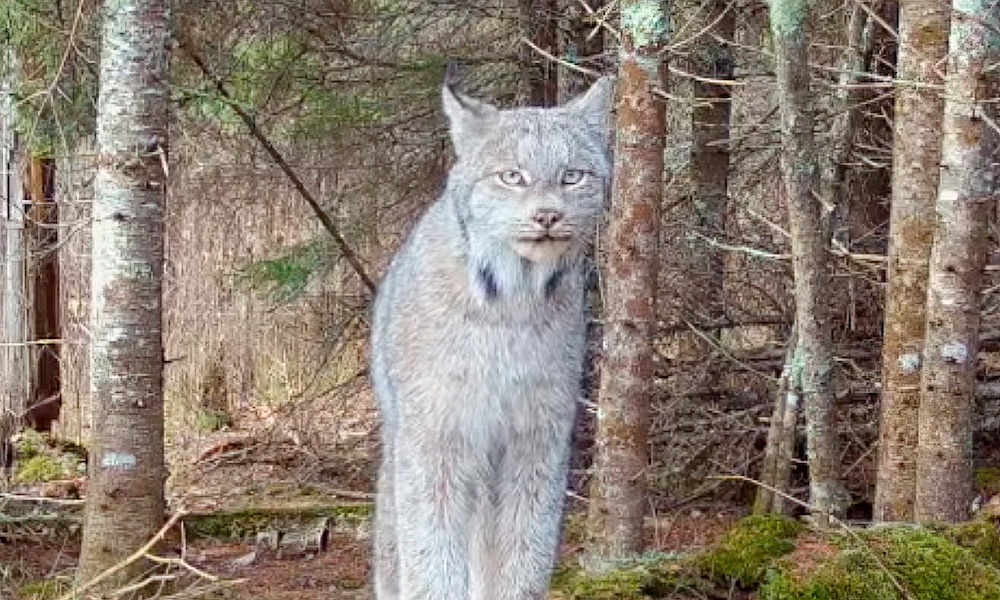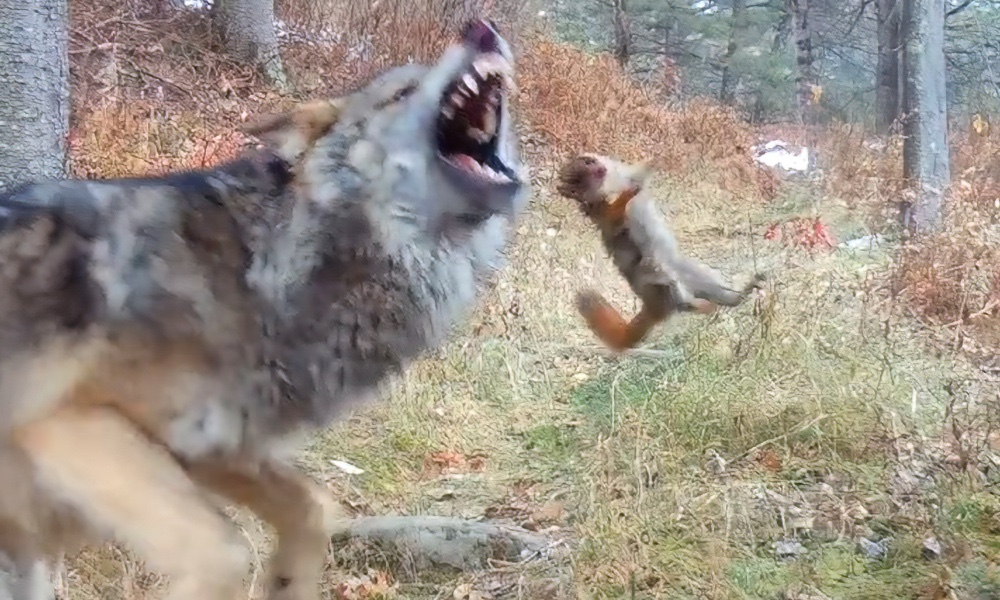The Voyageurs Wolf Project has shared rare footage of a lynx pausing directly in front of a remote trail camera in northern Minnesota.
“We captured some really neat footage of lynx this past year on our cameras but this is definitely the coolest,” the group stated Wednesday via Instagram. “In fact, this might be the best video of a lynx we have ever captured, not least because the lynx decided sit right in front of the camera.”
The Voyageurs Wolf Project uses a network of motion-sensor cameras to study wolves in and around Voyageurs National Park. But, naturally, other critters also utilize trails frequented by wolves.
View this post on Instagram
But the Canada lynx, which hunts primarily at twilight or during the night when snowshoe hares are most active, is considered by the state to be a “rare wildcat.”
According to the Minnesota Department of Natural Resources, the lynx weighs between 20 and 44 pounds and also preys on other small mammals and birds.
The stealthy felines tend to occur more frequently in northern Minnesota when snowshoe hare populations crash or decline in Canada.
The lynx has few natural predators, but wolves are known to kill lynx.


